#howard florey
Explore tagged Tumblr posts
Text
El descubrimiento de Alexander Fleming, se comprende como el hallazgo de una sustancia, que era capaz de destruir los gérmenes patógenos sin dañar al organismo. No solamente se encargaría de salvar millones de vidas, sino que también revolucionaría los...
#¿Quién fue: Alexander Fleming?#accidentes#Almroth Wright#Autor#bacteriólogo#Biografia#Casual#Completa#Descubridor#Descubrimientos#Detallada#Ernst B. Chain#Guerras#Historias#Howard Florey#Importancia#lisozima#Médicina#Padre de la farmacologia moderna#Padre de la penicilina#Paul Ehrlich#penicilina#Penicillium notatum#Premio Nobel#que hizo#vida
0 notes
Text
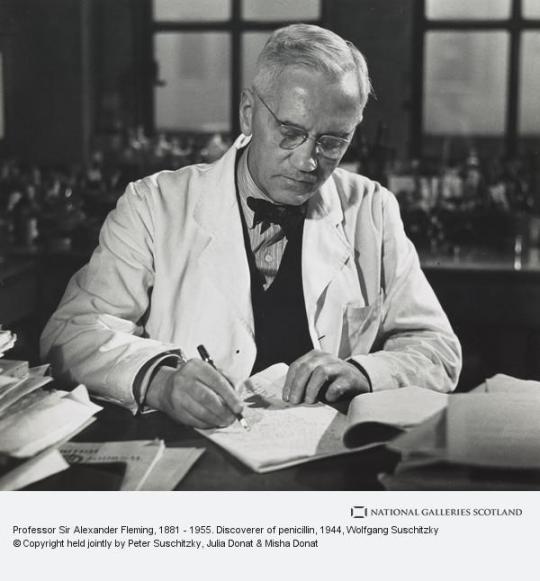


On March 11th 1955 Sir Alexander Fleming died.
The discovery of penicillin came in September 1928, when Fleming was forty-seven. His account of it has been questioned and he did not make a note about it at the time, but according to his recollection he returned from holiday to his cramped little lab to find a pile of petri dishes, on which he had been growing colonies of bacteria, still waiting to be cleaned. He noticed that on one of them a mould had grown which had inhibited the growth of a colony of staphylococcus germs. The mould was Penicillium notatum, commonly found on bread, and Fleming called the liquid from it penicillin.
The thing is Oor Alexander could not find any important practical use for penicillin. He wrote a paper about it in the British Journal of Experimental Pathology, but it attracted no attention. He later pointed out that there had been no trained chemist in the St Mary’s lab. Sir Henry Dale summed up in the Dictionary of National Biography that ‘neither the time when the discovery was made nor, perhaps, the scientific atmosphere of the laboratory in which he worked, was propitious to such further enterprise as its development would have needed.’
t was not for another ten years or so that penicillin’s astonishing properties were established at Oxford by the Australian professor of pathology, Howard Florey, a Jewish refugee from Nazi Germany named Ernst Chain and an Englishman called Norman Heatley. They followed up Fleming’s original paper and turned their Oxford department into a prototype penicillin factory.
The relationship between them and Fleming was distinctly prickly. Almroth Wright wrote to The Times in 1942 claiming the credit for penicillin for Fleming and St Mary’s, and Fleming, Florey and Chain shared the Nobel Prize for Medicine in 1945.The media made Fleming the hero of the saga, partly because the accidental discovery was a good story and partly because Florey had no time for the press while Fleming was pleasant and approachable, your archetypical genial Scot.
A national hero he duly became. So much so that after his death at his home in Chelsea in 1955, his ashes were interred close to Nelson and Wellington in the crypt of St Paul’s Cathedral. Flags flew at half- mast and the cathedral bulged with academic and medical grandees, ambassadors, representatives of societies, staff and students from the hospital, as well as personal friends. A memorial plaque was unveiled in the crypt the following year and Fleming’s original lab where penicillin was discovered is preserved in the museum to him at St Mary’s.
16 notes
·
View notes
Note
Hello I would love to hear the penicillin story and the bacteria story!
Hello dear seige ilyvm!! Consider this ur birthday gift :3 /silly
Okay, so the penicillin story is a lot more well known but i digress. Back in 1927, a Scottish scientist by the name of Alexander Fleming had been working on culturing bacteria. While Fleming was an undoubtedly good researcher, he also was slightly sloppy when it came to keeping things sterile and hygenic around his work station.
He ended up accidentally leaving the petri plate he was growing the bacteria on in a corner somewhere and discovered it weeks later - and realised it was contaminated. Instead of discarding it, Fleming was curious when he looked at the plate. Because you see, he observed that wherever the contaminant (a fungal mold) had settled down, the growth of bacteria was inhibited in those zones - the fungus was somehow keeping the bacteria away.
Fleming observed it under his microscope, and this fungus would later be identified to be Penicillium notatum. A few years later, two scientists by the name of Howard Florey and Ernst Chain found out about Fleming's findings and ended up isolating the compound we know as a life saving drug, and the original true antibiotic - Penicillin. This had happened right around WW2 too, so it's been said that the discovery of Penicillin and it's antibacterial properties provided a huge advantage to the allied forces.
A world without Penicillin would look very different, I think. And to think it was because a man forgot his petri plate in a corner somewhere. Fleming, Florey and Chain all received the Nobel Prize for their contributions in the discovery of Penicillin in 1945.
Now! Our second story, the bacteria story I mentioned needs some context first: in the field of clinical microbiology, to prove that a certain organism is a cause for a disease, there are certain criteria it must fulfill to be accepted as such. These are known as the Koch Postulates, laid down by scientist Robert Koch in 1890 and are still held in high regard.
These postulates state that if an organism is to be classified as a cause for a disease, it must:
1. Be present in abundance in the diseased host and absent in an organism that doesn't show symptoms of the disease.
2. Be able to be isolated and cultured (in a lab) from the diseased organism.
3. If contested, the causal organism must present the same symptoms in a test animal.
4. The microorganism must be able to be re-isolated and grown in a pure culture.
Now, in comes doctor Barry James Marshall. He was a physician, and had been looking into the cause of peptic ulcers, also known as stomach ulcers in humans.
Normally, things like this wouldn't be an issue. However, Marshall found that no matter what test animal he used, the isolated bacteria that supposedly were causing stomach ulcers showed no symptoms in them. Unable to fulfill all four criteria for the postulates, in frustration, he did what any sane scientist does and got an endoscopy done to confirm that he was healthy, and took a sample containing the possible causal organism and drank it.
A few days later, he developed the symptoms associated with stomach ulcers. He got another endoscopy done, and was diagnosed with stomach ulcers. He claimed that this should be evidence enough that a test animal (in this case, himself) displayed symptoms of stomach ulcers, and since the bacteria causing it could be further isolated from there, his point had been proven.
This experiment was published in 1985 in the Medical Journal of Australia and has been cited many times since. He received many awards for this, and his other contributions to the field of medical and clinical microbiology. The organism causing the ulcers was identified to be Helicobacter pylori. Marshall did get better, and to my knowledge is still healthy and alive today.
Science, especially biology and microbial sciences is filled with people who couldn't care less and had done more harm than good to it and the world around them. To them, it is simply a job. But there are some people who will go to the ends of the earth to help people, and spend day and night trying to help humanity. People may call them crazy, and perhaps they're right, but just like life, sometimes mistakes can be life saving instead of deadly.
Don't leave bacteria out on your desk for two weeks to go on a holiday though, that's probably not good.
#asks#tysm for this seige i had sm fun writing this#pls lemme know if u have questions :3#also these stories are summaries!! i wld implore u to go look for the full versions#toilet potato#anarcule tag
5 notes
·
View notes
Text


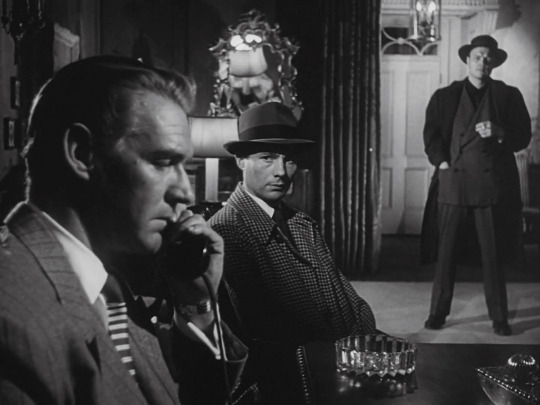

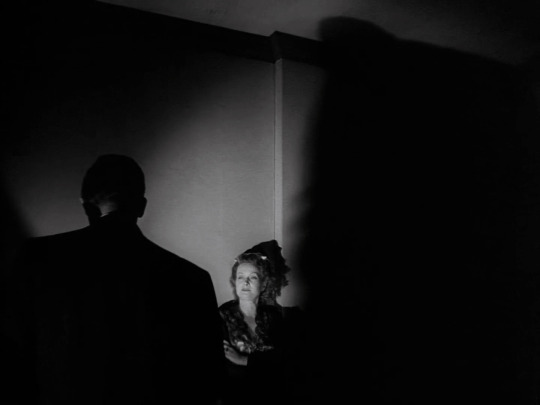

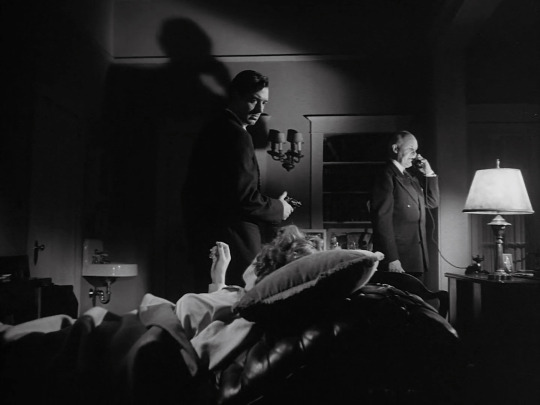

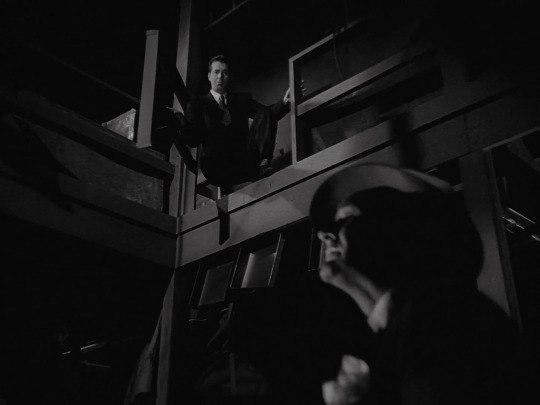
The Crooked Way (1949)
[letterboxd | imdb]
Director: Robert Florey
Cinematographer: John Alton
Performers: Ellen Drew, Frank Richards, Esther Howard, John Payne, Sonny Tufts, Hal Baylor, Greta Granstedt, Percy Helton, Sampson (the cat)
#1940s#1949#Robert Florey#John Alton#cinematography#noir#film noir#noirvember#John Payne#Ellen Drew#black and white#my edits#light and shadow#film stills#american film#cinema#cinemaspam#filmblr#film#classic film#classic cinema#classic movies
2 notes
·
View notes
Text
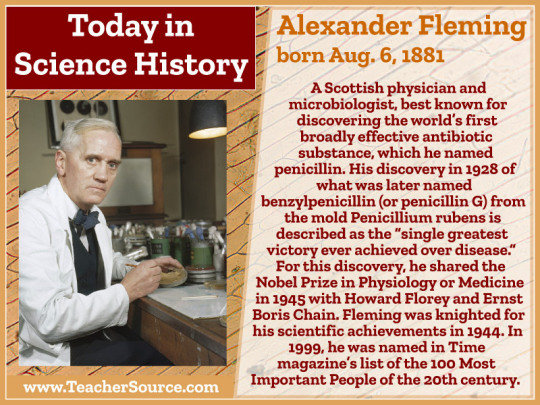
Alexander Fleming was born on August 6, 1881. A Scottish physician and microbiologist, best known for discovering the world's first broadly effective antibiotic substance, which he named penicillin. His discovery in 1928 of what was later named benzylpenicillin (or penicillin G) from the mold Penicillium rubens is described as the "single greatest victory ever achieved over disease". For this discovery, he shared the Nobel Prize in Physiology or Medicine in 1945 with Howard Florey and Ernst Boris Chain. Fleming was knighted for his scientific achievements in 1944. In 1999, he was named in Time magazine's list of the 100 Most Important People of the 20th century.
#alexander fleming#antibiotics#penicilln#medicine#nobel prize#nobel prize winners#science#science history#science birthdays#on this day#on this day in science history
14 notes
·
View notes
Text
My dad used to sometimes talk about how many times he could have died before even making it out of his teens. Some of it was man-made risk (crossing from South America to the UK during WW2, just living in the UK during WW2) but most of it was medical. As a little kid he got whooping cough that led to pneumonia and had only vague memories of being in bed with an oxygen tent over him. A simple treatment that probably saved his life, and wouldn't have been available for very long at that point - medical use of oxygen only began 14 years before his birth, so less than two decades from its use to that oxygen tent.
That boat trip to the UK? They docked in just one place en route, to top up before crossing the Atlantic, and apparently he had the bad luck to be exposed to bacterial meningitis there (based on the time line of its development). Just after arriving at his boarding school in the UK symptoms started to really show, and then my dad was super-lucky. The school nurse had seen meningitis before and immediately recognized the curling-backwards posture my dad's body was straining itself into. The doctor she called came out right away, also knew what was happening, and more importantly had heard of cases of it recently being cured through the administration of antibiotics. Even more importantly than that, penicillin had just recently been released for civilian usage (it was being rationed for use on treating soldiers prior to that, my dad told us) and he was able to get his hands on some of it in a short enough time frame to save my dad's life.
Because Alexander Fleming noticed the antibacterial properties of a particular mould in 1928, and Howard Florey & Ernst Chain developed a purified version of penicillin in 1940, because a random UK doctor had kept up on recent medical developments, because penicillin was available for them to try, my dad lived, and that led in time to my siblings and I, and my niblings, none of whom would exist if not for that.
So yes, to repeat mutedtempest's words: Thank you, humanity. Thank you ingenuity and determination to save lives and make them better. Thank you to every medical practitioner and medical researcher in existence now and through all of time. Thank you to all the people who died so I could live.
whenever I see archeological remains of a human who suffered from a terrible disease that couldn’t be treated in their lifetime but could be fixed now, this wave of sorrow and mourning washes over me. a woman in the 14th century who spent her 35 years of life bent at the waist because of congenital scoliosis. a man from the 18th century who died because of a non cancerous mass on his jaw that made eating progressively more difficult. remains of a woman from the Neolithic who died in childbirth having evidence of peri-mortem trepanation on her skull.
and yet she survived to 35. and yet the physicians in his time tried to strengthen his jaw. and yet someone 4,000 years ago tried to save someone they loved from dying of preeclampsia/increased cranial pressure. we tried. we tried and we tried and we tried. we failed and we learned but we tried. that’s what makes humans so beautiful.
18K notes
·
View notes
Text

"Florey explained his penicillin-making methods to people in the US, and there happened to be a Department of Agriculture laboratory looking for a new use for a thick liquid that was a by product from the corn-milling process. When this liquid was used, 10 times the amount of penicillin was able to be produced than before.
Mary Hunt, known as Mouldy Mary for her enthusiasm in finding new sources of mould, then found mould growing in cantaloupe (rockmelon) was twice as successful again at producing penicillin."
"... if penicillin is around the new cell wall won't be able to form. It doesn't harm old bacterial cell walls, it just stops new ones forming (see Balloon bacteria). This means the bacteria can't reproduce, so the disease can't spread."
"Penicillin was the first naturally occurring antibiotic discovered"
1 note
·
View note
Text
0 notes
Text
Keep this in your back pocket!
Hedley Rees
Oct 19, 2024
What is the penicillin myth?
In May 2017, a paper was published by Robert P. Gaynes, MD.
Titled The Discovery of Penicillin – New Insights After More Than 75 Years of Clinical Use, it presents a dramatic re-interpretation of the penicillin story. It explains in detail how Governments, pharmaceutical companies, physicians, regulators, universities and other key stakeholders worked together collaboratively to bring penicillin to market.
This is in direct contradiction of the commonly held perception that penicillin, and its role in fighting infection for patients globally, was an accidental finding.
The paper explains that while Alexander Fleming discovered strong evidence that a mould he found in a culture dish on return from holiday was killing bacteria, he lacked the skillset to isolate the active ingredient within the mould.
It took over ten years before a team at Oxford University, headed up by Howard Florey, was able to isolate the active ingredient. They were able to make enough to produce small quantities for pre-clinical and clinical trials, which resulted in increased evidence that the compound could beat infection.
They lacked the skills, however, to make the kind of quantities that would be required to service the enormous market awaiting this breakthrough treatment. In June 1941, Florey and his fungal expert colleague Norman Heatley, travelled to the United States.
They meet with Charles Thom and Andrew Jackson Moyer, both with the US Department of Agriculture (forerunner to US FDA). Moyer suggested changes to the manufacturing process that resulted in “exponentially greater amounts of penicillin” being produced.
This led to successful mass production of penicillin to satisfy the demands of World War II. The article comments”
“Unprecedented United States/Great Britain cooperation for penicillin production was incredibly successful.”
1 note
·
View note
Link
Tal día como hoy, en 1898, nace Howard Florey, patólogo australiano, Nobel de Medicina en 1945, que junto con Ernst Boris Chain investigó, aisló y purificó penicilina para uso clínico general.
https://buff.ly/47z0xR3
0 notes
Text

THE WORLD'S FIRST BILLIONAIRE, or when you realise that money is not everything, there is a Force that is holding balance in everything.
John D. Rockfeller (July 8, 1839–May 23, 1937), the founder of Standard Oil, was once the richest man in the world. He was the world’s first billionaire.
"He amassed a net worth of at least $1 billion in 1916. When Rockefeller died in 1937, his net worth was estimated to be approximately $340 billion in today's dollars."
By the age of 25, he had one of the largest oil refineries in the United States. He was 31 when he became the world's largest oil refiner. At 38, he controlled 90% of the oil refined in the United States. At fifty, John was America's richest man. As a young man, every action, attitude, and connection was crafted to establish his wealth.
But at the age of 53, he fell unwell. His entire body became wracked with pain, and he lost all his hair. In total anguish, the world's lone millionaire could buy anything he wanted but could only eat soup and crackers.
According to an associate, "He couldn't sleep, wouldn't smile, and nothing in life meant anything to him". His personal, highly trained physicians indicated that he would die within the year. That year passed painfully slowly. As he approached death, he awoke one morning with the faint understanding that he would not be able to bring any of his fortune with him to the next world.
The man who could dominate the commercial world suddenly realised he had no control over his personal life. He informed his solicitors, accountants, and management that he intended to devote his assets to hospitals, research, and charity work. John D. Rockefeller started his foundation.
The Rockefeller Foundation financed Howard Florey and his colleague Norman Heatley's penicillin research in 1941. But arguably the most astounding aspect of Rockefeller's narrative is that when he began to give back a fraction of all he had gained, his body's chemistry changed dramatically, and he recovered.
He was expected to die at the age of 53, but he survived to reach 98 years old. Rockefeller learnt gratitude and returned the great bulk of his money. This made him whole. It's one thing to be healed. It is another to become fit. He was a devout Baptist who attended the Euclid Avenue Baptist Church in Cleveland, Ohio.
Before he died, he wrote in his diary: "God taught me that everything belongs to Him, and I am merely a conduit to carry out His will. My life has been one long, happy holiday since then; full of work and play, I let go of my worries along the road, and God was wonderful to me every day.
0 notes
Text


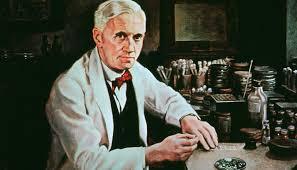
On 6th August 1881 Sir Alexander Fleming was born in Lochfield, near Darvel.
Well before Fleming accidentally discovered penicillin he tried to convince doctors in the field hospitals of World War One that treating wounds with antiseptic, not only cleaned the wounds but also lowered the soldier’s natural resistance to infection because they were killing white blood cells. His mentor Almroth Wright believed that a saline solution – salt water – should be used to clean deep wounds, because this did not interfere with the body’s own defenses and in fact attracted white cells. Fleming proved this result in the field.
Wright and Fleming published their results, but most army doctors refused to change their ways, resulting in many preventable deaths.
After the war Fleming discovered an enzyme called Lysozyme, an important role in the prevention of bacterial infections, while this was an important breakthrough in preventing infections in the first place it had little or no effect on many other microbes that infect humans. Lysozyme is present in the body, for instance it is i in tears, saliva, sweat, and other body fluids, It destroys bacteria that attempts to enter our body through these passageways. In the case of tears, they protect our eyes from bacterial invaders.
Fleming had left a jar of mould unattended during a holiday. On returning to work he noticed that a jar of Staphylococcus bacteria – a green yellow mould – had covered the dish except one area which was clear of the bacteria – rather like a halo effect.
This was Fleming’s great Eureka moment – the moment he correctly deduced that some antibacterial agent had crept in and successfully stopped the bacteria. He later identified this antibacterial agent as a rare form of Penicillium notatum which had drifted in from a mycology lab nearby. He later talked about the importance of chance in this discovery.
"I have been trying to point out that in our lives chance may have an astonishing influence and, if I may offer advice to the young laboratory worker, it would be this—never neglect an extraordinary appearance or happening. It may be—usually is, in fact—a false alarm that leads to nothing, but may on the other hand be the clue provided by fate to lead you to some important advance."
Fleming named this fungus penicillin and tried to grow it in his lab. He published his discovery in the “Journal of Experimental Pathology” in 1929 but did not receive much attention at the time as most of his clinical trials had been inconclusive and penicillin could not be produced in large enough quantities to be useful. Fleming was convinced that the fungus had limited usefulness but his research was taken up by two researchers from Oxford University named Ernst Chain and Howard Florey. These two were successful in producing purified penicillin which became indispensable during World War II, and helped to save thousands of lives through its use in antibiotics. In 1945, as a result of their combined efforts and discoveries, Fleming, Chain and Florey were jointly awarded the Nobel Prize in Medicine.
So the untidiness of a Scottish scientist ultimately led to countless many lives being saved, Fleming himself predicted that one day the antibiotics might be less effective, as is the case nowadays, we wait in hope of another "accident"
40 notes
·
View notes
Text
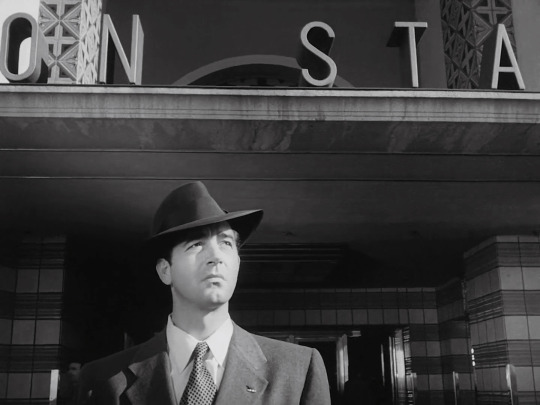
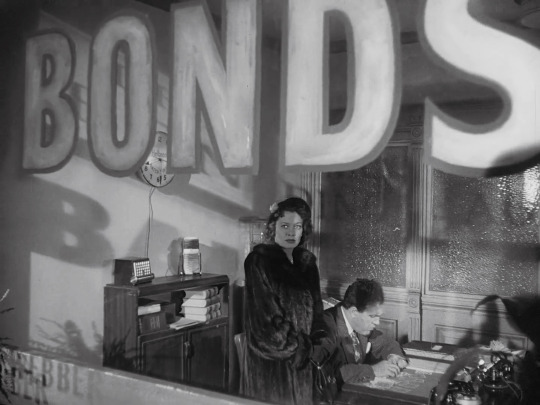
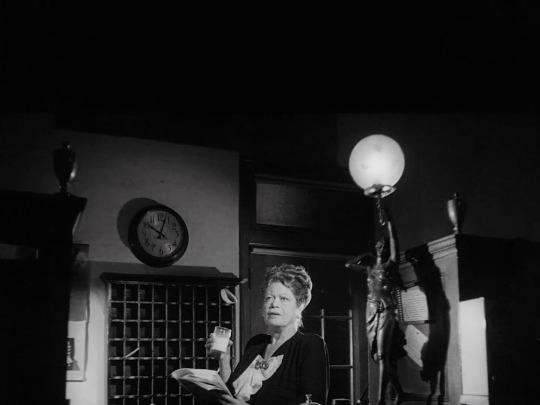
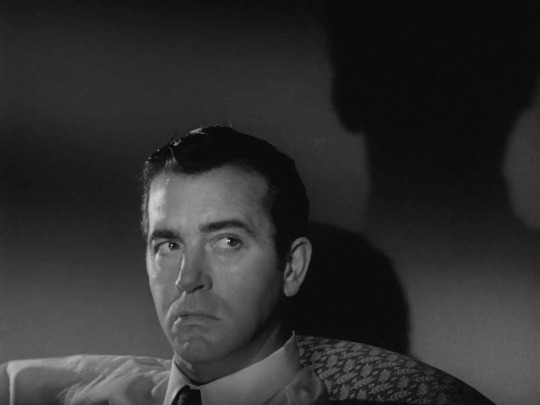

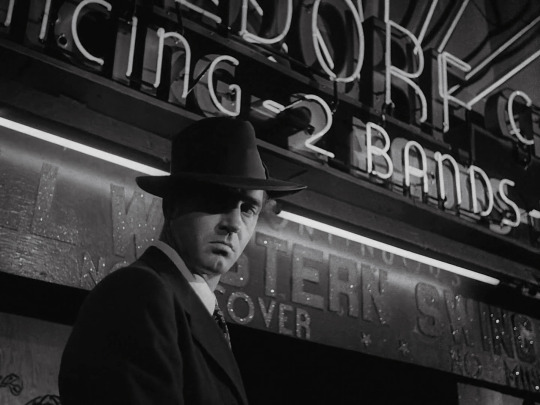
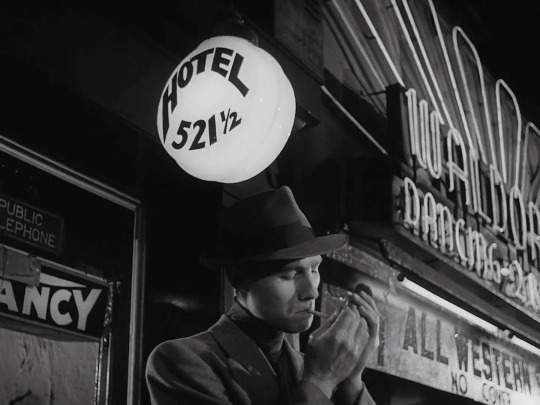
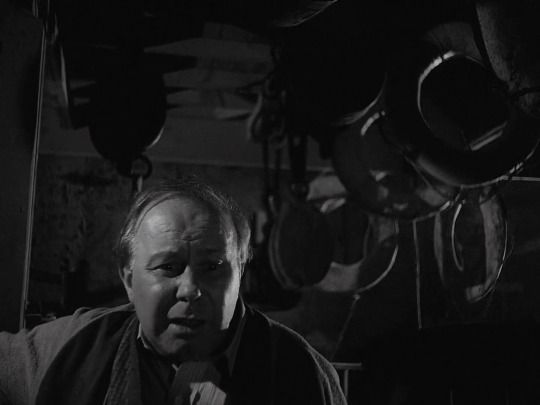
Headroom in The Crooked Way (1949)
[letterboxd | imdb]
Director: Robert Florey
Cinematographer: John Alton
Performers: John Payne, Ellen Drew, Frank Richards, Esther Howard, Rhys Williams, Percy Helton
#1940s#1949#Robert Florey#John Alton#cinematography#noir#film noir#noirvember#John Payne#Ellen Drew#black and white#my edits#light and shadow#film stills#american film#cinema#cinemaspam#filmblr#film#classic film#classic cinema#classic movies
2 notes
·
View notes
Text
Mary Ethel Florey - Lives of the Wives
Today we have a special edition of Lives of the Wives, because I am in Oxford, having just given a talk at the university that I didn’t completely screw up. Being in Oxford calls for an Oxford based story, and this is the one that made me most irrationally angry while researching it, so let’s get into it. If you haven’t heard of Lord Howard Florey, you definitely know his claim to fame –…
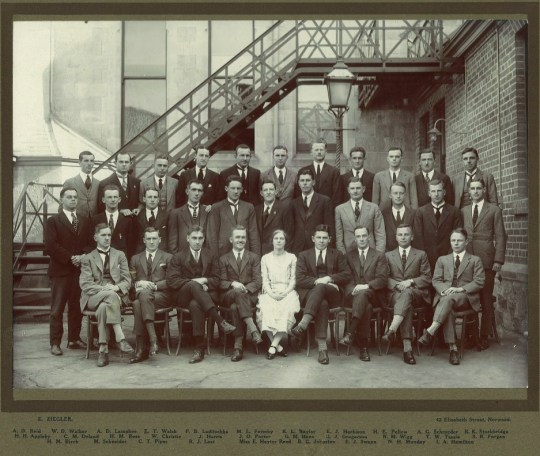
View On WordPress
0 notes
Text
✨Howard Florey: El Héroe Desconocido de la Medicina Moderna ✨🔬
¿Sabías que la penicilina, el primer antibiótico del mundo, no sólo fue descubierta sino también transformada en un tratamiento revolucionario por Howard Florey? 🌟 Junto con su equipo, Florey llevó la observación de Alexander Fleming a nuevas alturas, realizando las primeras pruebas clínicas demostraron la efectividad de la penicilina en salvar vidas.
#steamtalent #steam #somossteamtalent #talento #aprendizaje
1 note
·
View note
Text
Throughout history, there have been individuals who seemed to possess an uncanny streak of luck, encountering circumstances or opportunities that propelled them to great heights. These fortunate few managed to harness their good fortune and transform it into remarkable achievements and contributions that shaped the course of history. From accidental discoveries to unexpected windfalls, their stories captivate our imagination and inspire us to believe in the power of serendipity. In this exploration, we delve into the lives of some of the most lucky men in history, examining the remarkable journeys that led them to success and acclaim. Join us as we unravel the threads of fate that wove their stories, showcasing the interplay between luck and human endeavor that can lead to extraordinary outcomes. Alexander Fleming Alexander Fleming (1881-1955) was a Scottish biologist, pharmacologist, and Nobel laureate who made one of the most significant medical discoveries in history. Born on August 6, 1881, in Lochfield, Scotland, Fleming's work revolutionized the field of medicine and saved countless lives. Fleming's most notable achievement was the discovery of penicillin, the world's first antibiotic. In 1928, while working at St. Mary's Hospital in London, Fleming accidentally stumbled upon this groundbreaking finding. He had been studying staphylococci bacteria when he noticed that a petri dish containing the bacteria had been contaminated with a mold called Penicillium notatum. To his surprise, he observed that the bacteria surrounding the mold had been killed off. This observation led him to realize that the mold was producing a substance with powerful antibacterial properties. Fleming named this substance "penicillin" and began to investigate its potential uses. He conducted further experiments to isolate and purify penicillin, demonstrating its ability to kill various disease-causing bacteria. However, Fleming faced challenges in producing the antibiotic on a large scale and initially struggled to garner widespread interest and support for his discovery. It wasn't until the 1940s, during World War II, that penicillin's potential was fully recognized. With the rise of infections among wounded soldiers, the need for an effective antibiotic became paramount. Scientists Howard Florey and Ernst Chain, along with others, built upon Fleming's work and successfully developed methods to mass-produce penicillin. Their efforts resulted in the widespread availability of this life-saving drug, which proved instrumental in treating bacterial infections and reducing mortality rates. In recognition of his extraordinary contribution, Alexander Fleming, along with Florey and Chain, was awarded the Nobel Prize in Physiology or Medicine in 1945. His discovery of penicillin marked a turning point in medicine, leading to the development of numerous other antibiotics and revolutionizing the treatment of bacterial infections. Beyond penicillin, Fleming made significant contributions to various fields of microbiology and immunology throughout his career. He also investigated the properties of lysozyme, an enzyme that destroys bacteria, and researched the prevention and treatment of diseases such as pneumonia and meningitis. Alexander Fleming's accidental discovery of penicillin and his subsequent dedication to advancing its potential transformed modern medicine and saved countless lives. His work serves as a testament to the power of scientific curiosity and the profound impact one individual can have on the course of human history. Louis Zamperini Louis Zamperini (1917-2014) was an American Olympic athlete, World War II veteran, and inspirational figure known for his incredible story of survival, resilience, and redemption. Born on January 26, 1917, in Olean, New York, Zamperini's life was marked by extraordinary challenges and remarkable triumphs. Zamperini's athletic journey began in his teenage years when he discovered a passion for running.
He excelled as a track and field athlete, setting records and earning a spot on the U.S. Olympic team. In the 1936 Berlin Olympics, Zamperini competed in the 5,000-meter race and caught the attention of Adolf Hitler himself, who requested a personal meeting with him. Although he didn't win a medal, Zamperini's impressive performance foreshadowed the resilience he would demonstrate in the face of adversity. However, the outbreak of World War II interrupted Zamperini's athletic career. He joined the U.S. Army Air Forces and became a bombardier in the Pacific theater. In 1943, his plane crashed into the Pacific Ocean during a rescue mission, leaving Zamperini and two other crew members stranded at sea for 47 harrowing days. Enduring starvation, shark attacks, and treacherous weather conditions, Zamperini and his companions faced unimaginable hardships. They managed to survive by catching rainwater and catching fish, clinging to hope despite the desperate circumstances. Eventually, Zamperini and one of his crewmates were rescued by a Japanese patrol boat and taken as prisoners of war. For the next two years, Zamperini endured severe mistreatment, brutality, and torture at the hands of his captors in various Japanese prison camps. He faced relentless physical and psychological abuse, yet managed to maintain his spirit and resilience, refusing to break under the pressure. Zamperini's story took an unexpected turn when World War II came to an end. He was liberated in 1945 and returned to the United States as a hero. However, the traumas he endured during the war took a toll on his mental and emotional well-being, leading him down a path of anger, alcoholism, and despair. It was during this dark period that Zamperini found redemption through his Christian faith. Attending a religious revival meeting led by Billy Graham, he experienced a profound spiritual awakening that transformed his life. Zamperini forgave his former captors and dedicated himself to spreading a message of forgiveness, hope, and resilience. Zamperini's remarkable story gained widespread recognition when it was chronicled in Laura Hillenbrand's bestselling book "Unbroken: A World War II Story of Survival, Resilience, and Redemption" and its subsequent film adaptation directed by Angelina Jolie. Throughout his life, Zamperini became an inspirational speaker, sharing his experiences and the lessons he learned about the power of forgiveness, perseverance, and the indomitable human spirit. He continued to inspire others through his charitable work and involvement in various organizations. Louis Zamperini's life exemplifies the strength of the human spirit in the face of unimaginable adversity. His story serves as a reminder of the resilience and courage that can be found within us, even in the darkest of times. Zamperini's legacy continues to inspire and uplift people around the world, leaving an enduring impact on the hearts and minds of those who hear his incredible tale of survival and redemption. Christopher Columbus Christopher Columbus (1451-1506) was an Italian explorer and navigator who is widely credited with leading the first European expedition to discover the Americas. Columbus's voyages across the Atlantic Ocean had a profound impact on world history, shaping the Age of Exploration and leading to significant historical consequences. Born in Genoa, Italy, in 1451, Columbus developed a passion for exploration and navigation from a young age. He embarked on numerous maritime journeys, gaining valuable experience and knowledge of navigation techniques and trade routes. Inspired by his studies and the prevailing belief in the possibility of reaching Asia by sailing west, Columbus sought support for his ambitious plan to find a western route to the lucrative spice trade. After facing rejection from several European rulers, Columbus finally gained the sponsorship of King Ferdinand II and Queen Isabella I of Spain in 1492. On August
3 of that year, he set sail with three ships—the Santa Maria, the Pinta, and the Niña—embarking on what would become his most famous voyage. On October 12, 1492, after weeks of sailing across the Atlantic, Columbus and his crew sighted land in the present-day Bahamas, believing they had reached the Indies (Asia). This encounter marked the beginning of European exploration and colonization in the Americas. Columbus subsequently made additional voyages to the Caribbean, exploring various islands, including Cuba and Hispaniola (now Haiti and the Dominican Republic). Columbus's voyages, often referred to as the "Columbian Exchange," had far-reaching consequences. They initiated widespread contact between Europe and the Americas, leading to the exchange of plants, animals, diseases, and cultures. This contact significantly impacted the world's ecosystems, economies, and demographics. However, it's crucial to acknowledge that Columbus's arrival also had devastating effects on the indigenous populations of the Americas, including forced labor, enslavement, and the introduction of diseases to which they had no immunity. Despite his historical significance, Columbus did not fully comprehend the true nature of his discoveries. He maintained the belief that he had reached the outskirts of Asia until his death. Nonetheless, his expeditions opened up new trade routes and spurred further European exploration and colonization in the New World. The legacy of Christopher Columbus is a topic of ongoing debate and reevaluation. While he is traditionally celebrated for his role in bridging the Old World and the New World, the impact of his actions on indigenous populations and the complex consequences of colonization are also important aspects to consider. Christopher Columbus's voyages remain significant milestones in world history, representing a turning point in global exploration and forever altering the course of human civilization. They sparked a wave of exploration, colonization, and cultural exchange that shaped the modern world and laid the foundation for the interconnectedness of nations and peoples across continents.
0 notes